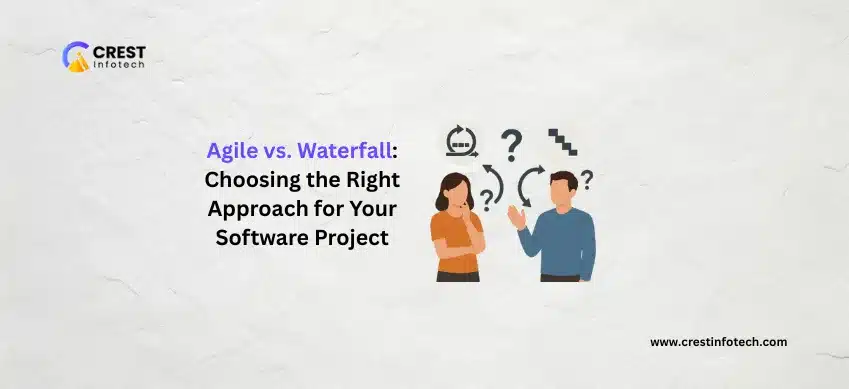Choosing the right development methodology can make or break your software project. Agile and Waterfall are two of the most widely used approaches — each with its own strengths, weaknesses, and ideal use cases. Understanding how they compare helps you select the one that aligns best with your team, timeline, and goals.
1. Overview of Agile
Agile is an iterative, flexible approach designed for changing requirements and fast-paced development.
- Development is broken into short sprints (1–4 weeks)
- Emphasizes collaboration, feedback, and adaptability
- Common frameworks: Scrum, Kanban, XP
2. Overview of Waterfall
Waterfall is a sequential, linear approach — one phase is completed before the next begins.
- Requirements are defined upfront and rarely change
- Phases: Requirements → Design → Implementation → Testing → Deployment
- Common in industries like construction, defense, or healthcare
“Waterfall offers predictability — but isn’t built for change.”
3. Key Differences
Agile and Waterfall differ across several dimensions:
- Flexibility: Agile adapts; Waterfall follows a set plan
- Client Involvement: Agile encourages frequent feedback; Waterfall often involves the client only at the start and end
- Delivery: Agile delivers working increments regularly; Waterfall delivers the complete product at the end
- Testing: Agile tests throughout; Waterfall tests only after development
4. When to Use Agile
Agile is a strong fit when:
- Requirements are likely to change
- You need a working product quickly and iteratively
- Your team and client can collaborate frequently
- You want to prioritize user feedback and rapid releases
5. When to Use Waterfall
Waterfall works best in projects where:
- Requirements are stable and well-understood
- You’re working within strict regulatory frameworks
- Project scope, timeline, and budget must be defined up front
- There’s minimal client interaction during development
“If clarity and control matter more than speed and iteration, Waterfall delivers.”
6. Can You Combine Both?
Many teams use a **hybrid approach** to gain the best of both worlds.
- Start with a Waterfall-style planning phase, then shift to Agile sprints
- Use Waterfall for hardware and infrastructure, Agile for software layers
- Apply Agile inside a fixed Waterfall project for flexibility within structure
Final Thoughts
Both Agile and Waterfall have their place in modern software development. The right choice depends on your project’s complexity, timeline, and ability to adapt. Agile offers speed and flexibility; Waterfall provides structure and predictability. In many cases, blending the two gives you a balanced path forward.



